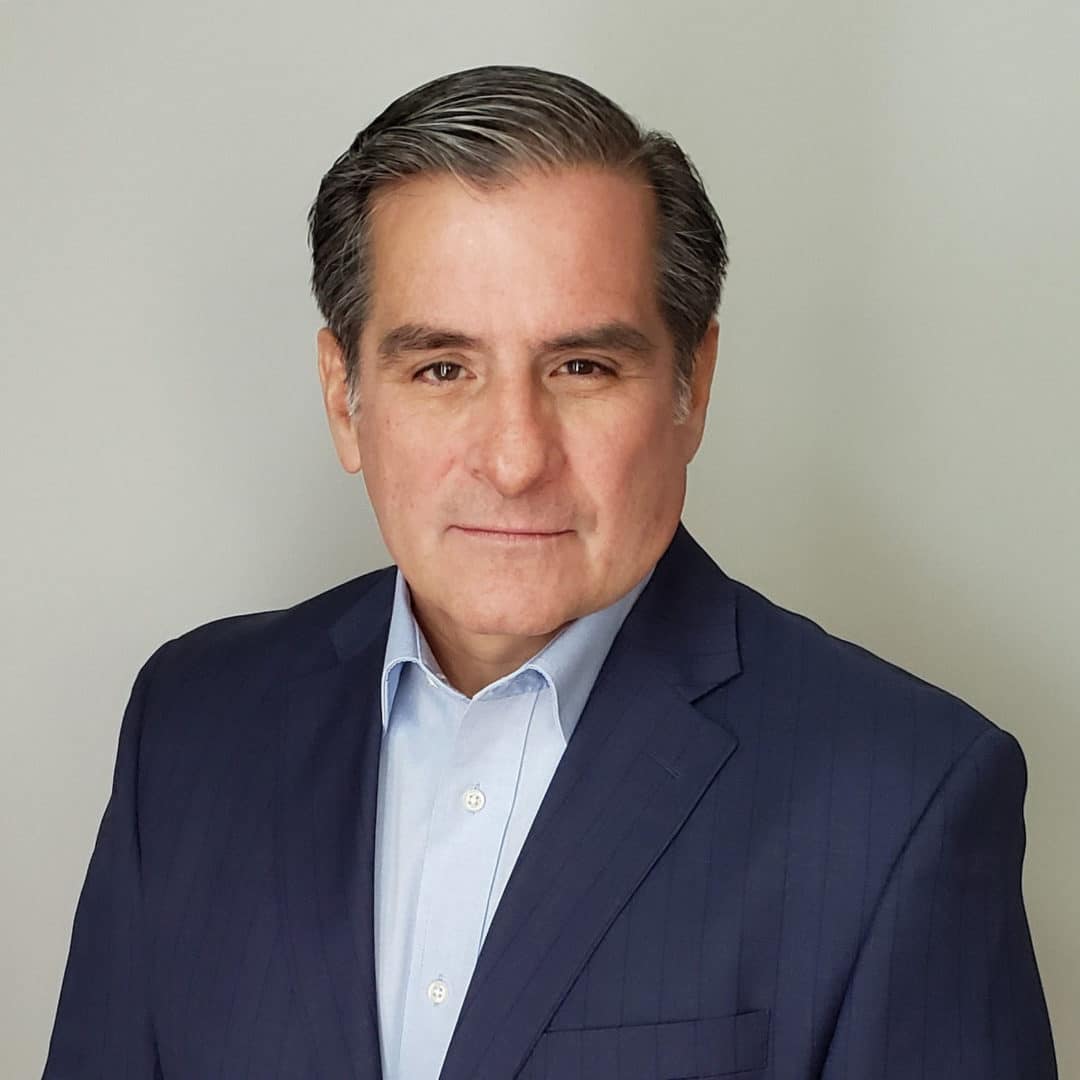|
Getting your Trinity Audio player ready...
|
The fears are real. Coronavirus disease 19 (COVID-19) is upon us and will affect every individual in some way. Whether you are now teleworking from home with three kids “helping” you, working double shifts at the hospital, or simply hoping to feel better since your test came back positive, we will all be affected by COVID-19. Leaders across the nation and throughout the world are implementing measures that were unfathomable only a short month ago. So, what now?
More than ever, we need humanness—the quality of being human. Your high human skills are being put to the test. Your empathy, trustworthiness, respect . . . those critical elements of leadership are in full view. And while we continue to stress social distancing, it is time for a reframe. Say “no” to social distancing and “yes” to physical distancing. Keep six feet between you and others but allow your heart, mind, ideas, kindness, love, and words to flourish. Be creative, leverage technology, and lean in deep to be more socially connected than ever. Whom are you inviting for a virtual dinner this evening?
Fears cut across organizations and have a real impact on teams, families, and individuals. Heed the experts’ advice on how to minimize exposure to COVID-19. Then, when we get beyond the peak, imagine that your leadership, your humanness is on trial. Will you be convicted?
This series of articles will share a view of working through a crisis and where to look to shape success. It is intended to help you assess your leadership, culture, and strategy by discussing four phases—react, adjust, manage, and prosper (RAMP)—and how they may affect you and your organization.
React is the crisis mode where you implement your continuity plans. Establish communications, account for people, and focus on select tasks. This is also the time to assess your planning assumptions, something that will continue throughout the crisis.
Adjust is where you identify what elements of the plan proved useful, what was unnecessary, and what was missing. Consider key variables that will shape the new normal.
Manage is where you unleash the power of your middle management, the heart and soul of your organization. Get ahead of the curve by framing likely “new normal” scenarios and key indicators. Plan the reintegration of your employees with new opportunities in a new and perhaps unchartered territory, market, or mission space.
Prosper is where your adjustments and new opportunities, with a strengthened core of middle managers, makes you ready for a new normal. Improve your team’s post-crisis outcomes by using a simple set of intelligence and planning techniques that keep you agile and oriented to the future.
While your teams attempt to settle into new routines, where are you looking? The reaction to this crisis is still ongoing. Many are still refining—or in some cases creating—procedures. You have met with your senior leaders, established and communicated your priorities. Now, assess yourself and your organization’s situation:
- Priority number one—care for those in your charge: what is the succession plan for you and employees who may fall ill?
- What are your touchpoints with customers/clients/students (those you serve)?
- Are you organized correctly for the circumstances?
- What functions continue; what functions stop?
- How are you making and documenting decisions?
- Who else needs to know?
There are a host of questions surrounding you and your team’s reaction. Keep asking and let your employees surprise you with their innovation. Moreover, appreciate your improved self and organizational cultural awareness by conducting this assessment. This crisis is extremely fluid so keep a view on the reaction but don’t be afraid to “raise your gaze” to what might be next. On that note, do not fail to imagine. Be well, stay healthy, and safe!
The views expressed in this article are those of the author and do not necessarily reflect the position of Hispanic Executive or Guerrero Media.
 Jeff Marquez, founder of Marquez Leadership, Culture & Strategy, LLC, helps business, government, and nonprofit leaders and teams create a sustainable culture of excellence. A retired Army officer and former senior executive with the federal government, he served on the National Security Council as the director of continuity policy and acting senior director for response policy. He led the team that developed the successful US drawdown from Iraq in 2011. In Hawaii, he led the transformation of United States Army forces in the Pacific. He also served as a chief of staff in the federal government. He has led continuity and infectious disease planning actions across the last two administrations. He can be reached at [email protected] or (703)472-7514.
Jeff Marquez, founder of Marquez Leadership, Culture & Strategy, LLC, helps business, government, and nonprofit leaders and teams create a sustainable culture of excellence. A retired Army officer and former senior executive with the federal government, he served on the National Security Council as the director of continuity policy and acting senior director for response policy. He led the team that developed the successful US drawdown from Iraq in 2011. In Hawaii, he led the transformation of United States Army forces in the Pacific. He also served as a chief of staff in the federal government. He has led continuity and infectious disease planning actions across the last two administrations. He can be reached at [email protected] or (703)472-7514.

